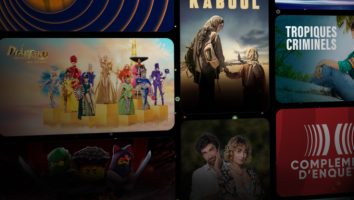It probably comes as no surprise that today’s youth are acquiring more entertainment content than ever. But what might be is the fact that they’re getting it in digital form at an unprecedented rate.
According to The NPD Group’s latest Kids and Entertainment Content report released last month, some 79% of US kids ages two to 14 have obtained entertainment content by digital means in the past year. Meanwhile, 31% are consuming both physical and digital media, and less than 1% have gone fully digital.
The report suggests kids are accessing digital media to supplement their physical content collections. Plus, as NPD industry analyst Anita Frazier notes, digital content has simply become more readily available. ‘The instant gratification of digital content is alluring,’ she says. ‘If a kid wants to interact with one of their favorite properties, they can very often do so instantaneously via the internet.’
The top entertainment-based services or subscriptions used by this group of kids to obtain content were video rental stores (19%), online video rental services (12%), and online music services (14%). Also worth noting is that the majority of kids aren’t paying for content using their own pocket money, but rather purchasing the goods via monetary gifts or cash from parents. Interestingly, US$0.85 of every dollar spent on content went towards buying physical media, while just US$0.15 was spent on digital formats.
And because today’s kids don’t know a world without the internet, they are picking up digital habits at increasingly younger ages. NPD found that 43% of downloaders were six years old or younger when they first acquired digital content. ‘I was very surprised to learn that nearly half of the kids had downloaded some form of digital content by the time they were six and 10% of boys ages two to five regularly use YouTube,’ says Frazier.
The report is chock-full of information that’s relevant to understanding how kids are consuming entertainment, including details on how TV viewing methods are changing – another area of surprise for Frazier. She says 16% of kids report watching TV on computers, adding that watching programming on a TV is still the most prevalent way of consuming TV content. ‘But the world has definitely changed,’ she concludes.





















